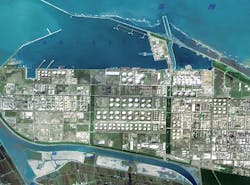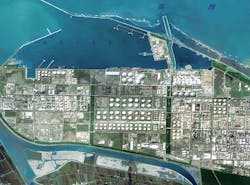Formosa’s industrial desalination project still in limbo before final assessment
TAIPEI, Taiwan – Formosa Petrochemical Corporation’s desalination plant has received an initial approval following an environmental impact assessment.
The Taipei Times reported that Formosa is now awaiting a further review to “request the Environmental Protection Administration (EPA) to relax certain regulations”.
As part of the development by Israeli firm IDE Technologies, the planned 105,000 m3/day development will take wastewater from the Mai-Liao Power Corporation in Yunlin County and reuse it for industrial applications.
Construction is expected to take three years after the project has passed the EIA final review.
Formosa has been seeking an independent water supply after the government reduced its water rights from natural sources to support agricultural demand.
The local source said that local residents have been anticipating the project and quoted Lin Fu-yuan, member for the association of Yunlin Art, Culture and Ecology as calling on Formosa to “stop plundering the water resources of local residents”.
Meanwhile, Wen Shie-hui, chief of the EPA Bureau of Environmental Inspection, reportedly said: “Formosa should identify the minimum and maximum amount of desalinated water to be produced at the plant every day to elevate the production amount gradually.”
When eventually built, the desalination plant will eventually use IDE’s boron removal system to be the world’s first to reach a boron concentration level requirement of less than 0.01 ppm.
The Formosa project is IDE’s first in Taiwan, following activity in China and India, and once complete, will be the country’s first large scale desalination development.
###
Read more
IDE to meet record low boron levels with SWRO industrial solution

